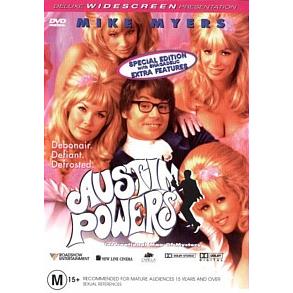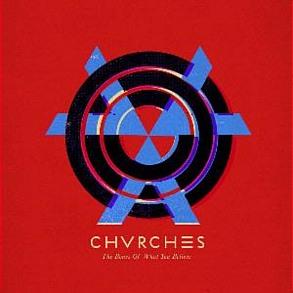Skullcandy Eco Buds TWS In-Ear Headphones
From the outset, EcoBuds were designed to reduce our impact at every stage of the process without compromising the sound, the look or the fun. The result is a 50% reduction in EcoBuds’ carbon footprint* plus legendary Skullcandy sound and style.
Sustainable Lifecycle™
Every product has an impact on the environment. Materials, manufacturing, packaging, shipping and production infrastructure all produce greenhouse gasses and waste. With EcoBuds, we reduced our impact at every stage of the process. The results: 100% recyclable packaging, 65% post-consumer recycled plastics, 57% less heavy metals, and a 50% carbon footprint reduction.
Supreme Sound™
Skullcandy haven’t forgotten what customers are really looking for in a pair of earbuds – that’s why they have made EcoBuds with the same premium audio quality we offer in the rest of their products. EcoBuds even give you 3 preset EQ modes to tailor the sound to your content.
Simplify Your Listening™
EcoBuds automatically turn on and pair to your most recent connection each time you remove them from the charge dock. Simple touch controls let you easily control your calls and media, and Solo Mode makes it easy to stay tuned-in
Fearless Use™
EcoBuds feature 8+ hours of playtime on a single charge. They’re also equipped with Rapid charge — 10 minutes equals 2 hours of listening. You can even charge EcoBuds with your phone using the integrated USB-C cable. EcoBuds are adventure-worthy, too. Their IPX4 rating means they shrug off unexpected weather.
Key Features
Up to 8 Hours of Total Battery in Earbuds
Battery-Free Charging Tray
IPX4 Sweat and Water Resistant
Charge from Phone (USB-C)
Rapid Charge (10 min = 2 hrs)
Integrated USB-C Charging Cable
65% Certified Recycled Plastics
100% Recyclable Packaging
Bluetooth® (v5.2)
Premium Audio Quality
Music, Bass Boost, and Podcast EQ Modes
Call, Track and Volume Control
Noise Isolating Fit
Use Either Bud Solo
Auto On/Connect
*Versus comparable products. Measured using Ecochain to calculate upstream scope 3 emissions.










